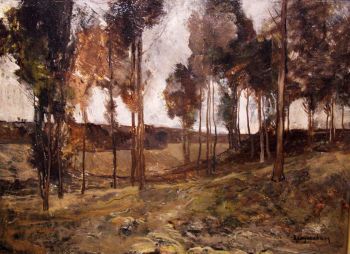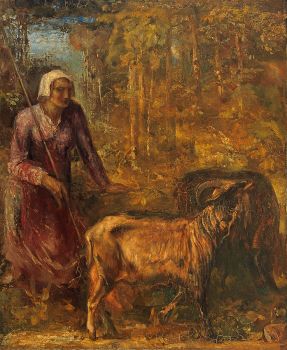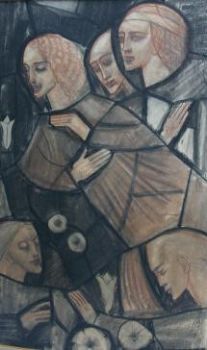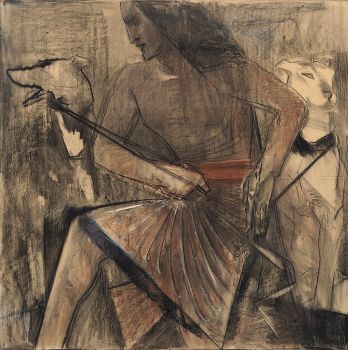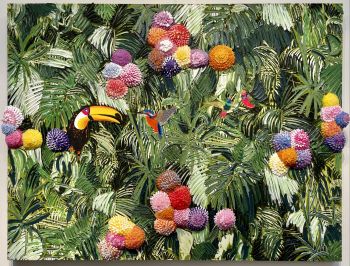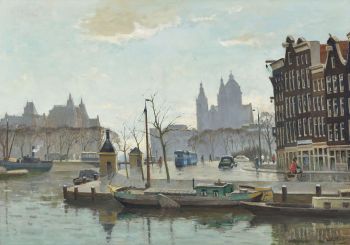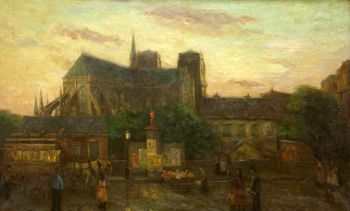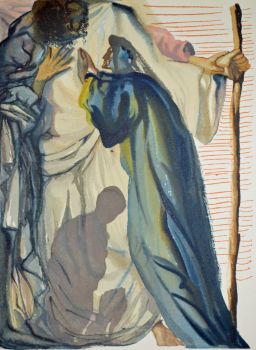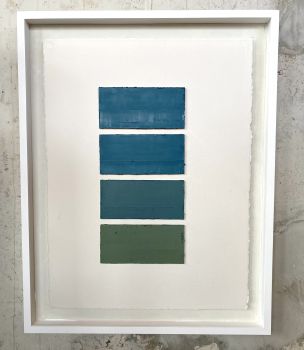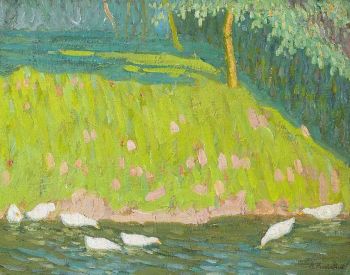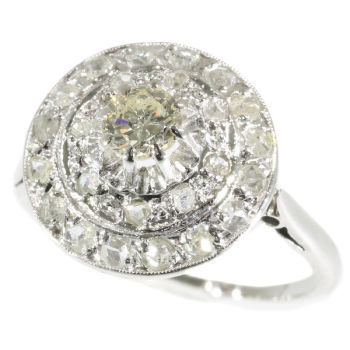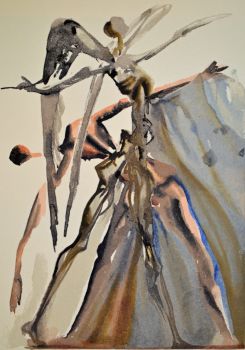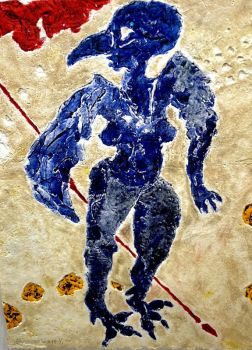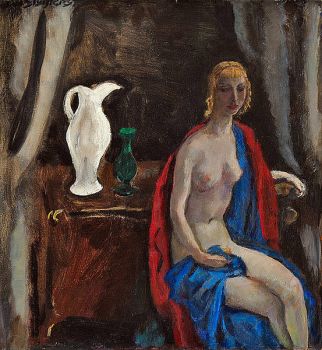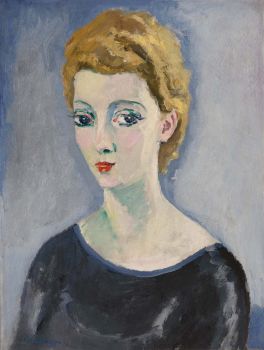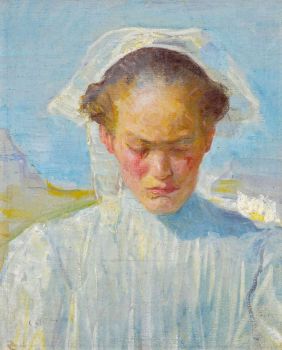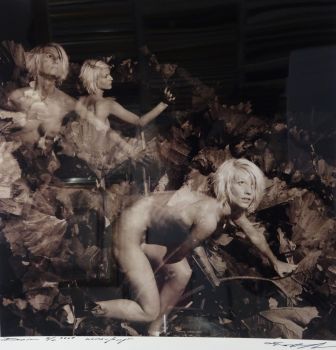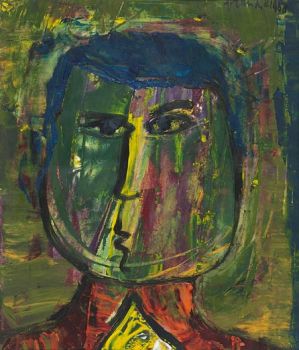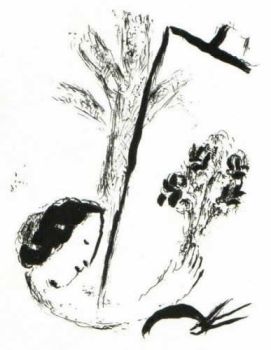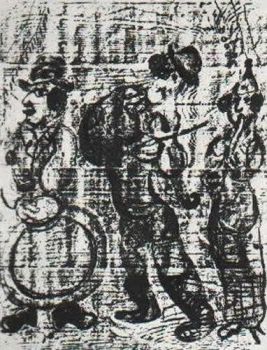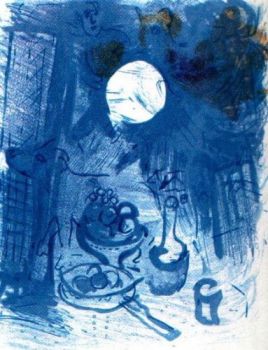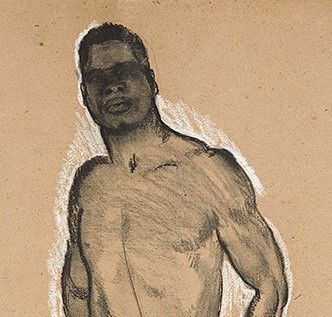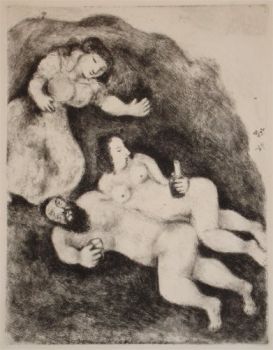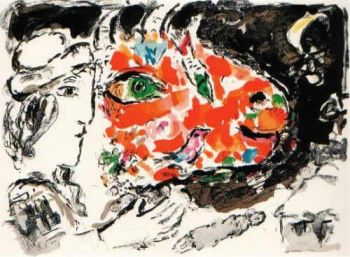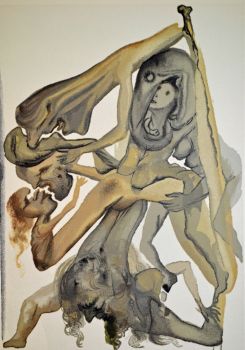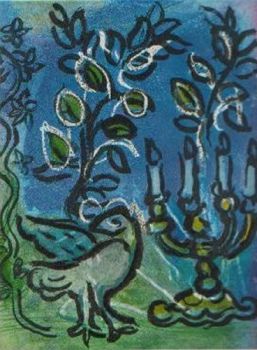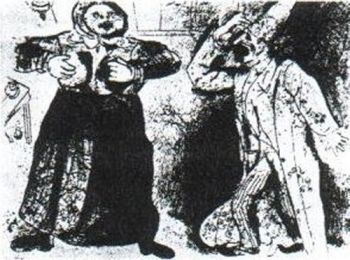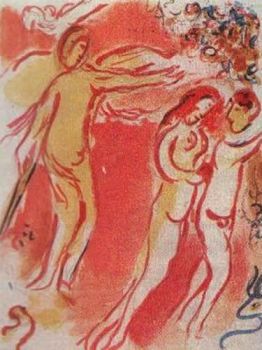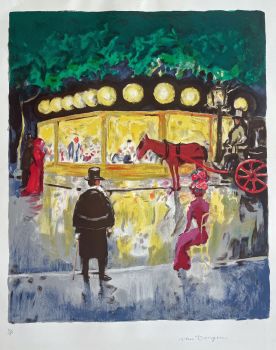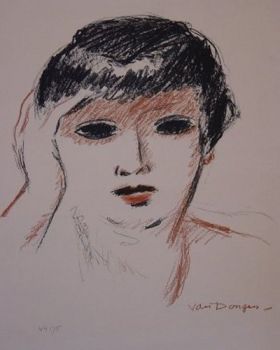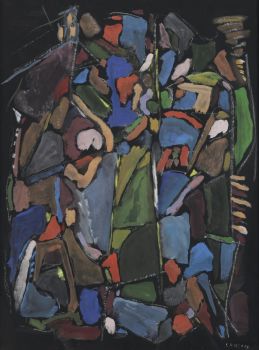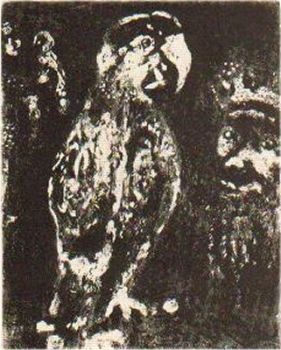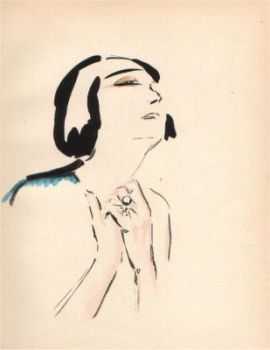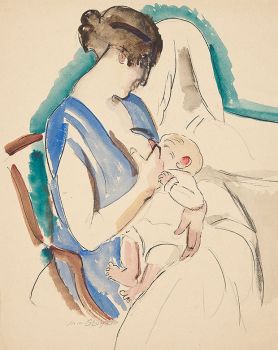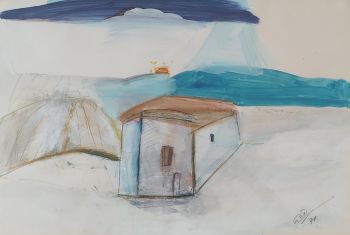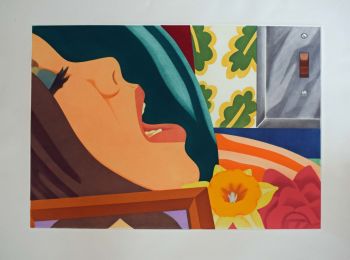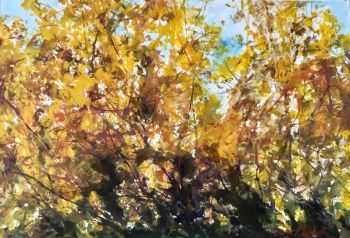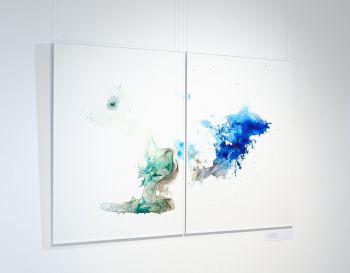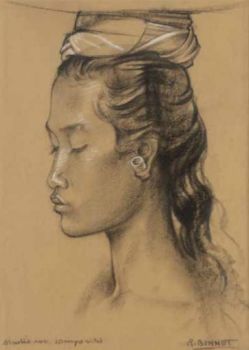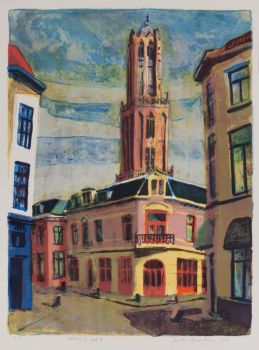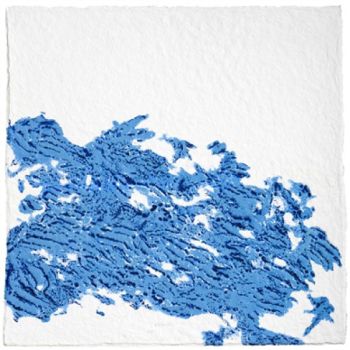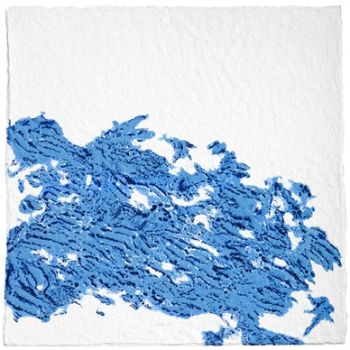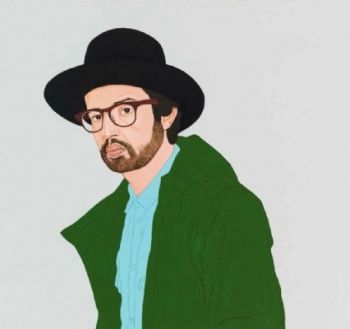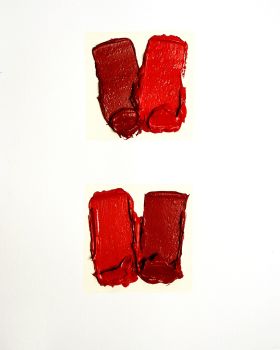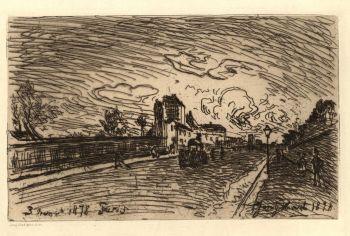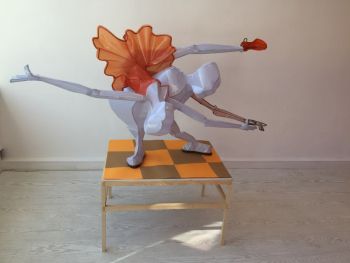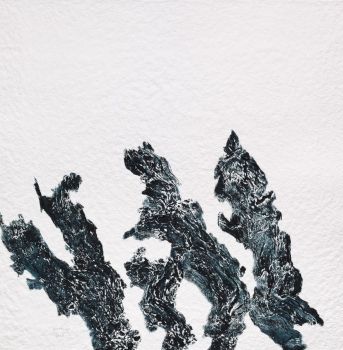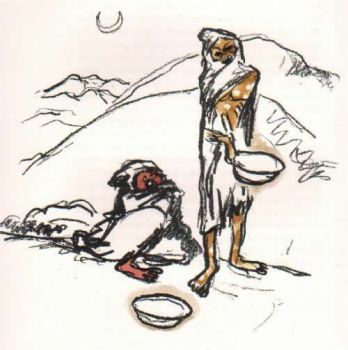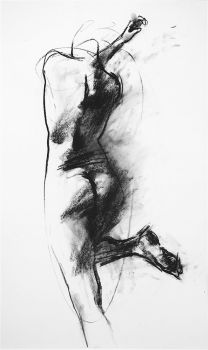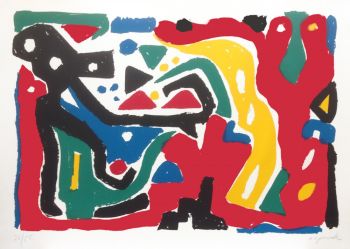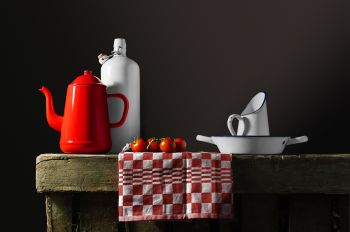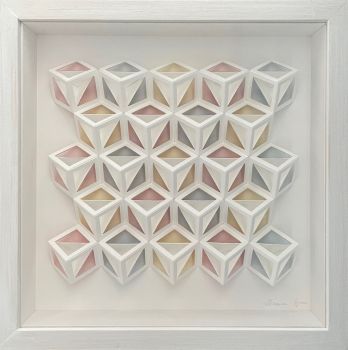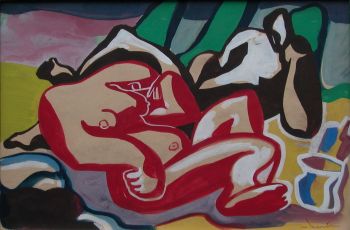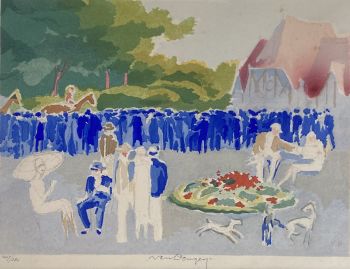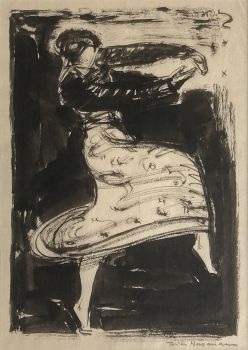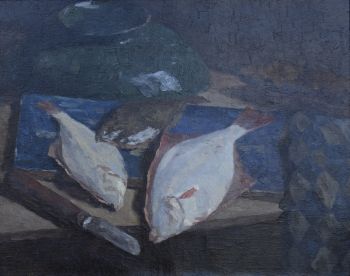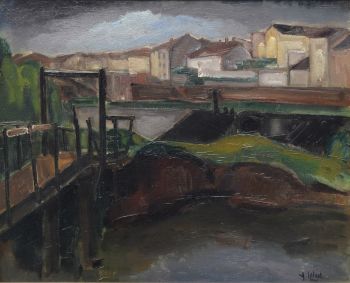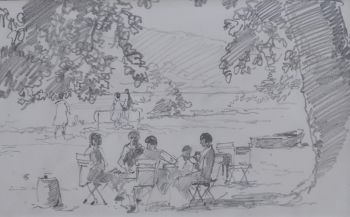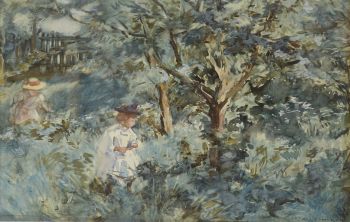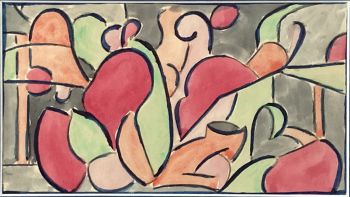Egyptian head 1916
Willem van Konijnenburg
Papel
32 ⨯ 30 cm
ConditionMint
Preço em pedido
Artiquair
- Sobre arteWillem van Konijnenburg was inspired by several ancient art forms, including the Egyptian one. In his theoretical writing The Value of Impressionist Painting from 1908, he praises Egyptian art for the way in which its unity of art, faith and science is symbolically expressed. In The Aesthetic Idea (1916) he praises the material sense of the Egyptian artist who opts for sustainable materials and, very important for Van Konijnenburg, the monumentality. It arises by imposing a form on matter according to mathematical principles, without regard to the demands of naturalism. Influences of the Egyptians can be seen in the painting Tempelbouw (Centraal Museum Utrecht), facade sculptures that Van Konijnenburg designed in 1915/1916 for the Koninklijke Fabriek van Metaalwerken by W.J. Stockfish in The Hague, the large pedantic watercolors Egyptian farmer (Kunstmuseum Den Haag) and Egyptian shepherd (whereabouts unknown) from 1916/1917 and Overgave (Kunstmuseum Den Haag) from 1917, for which the first owner of the Egyptian Cup shown here stood as a model : Jacoba van der Vegt (1897-1970). Jacoba was Van Konijnenburg's favorite niece, muse, model and dance partner in the Tango. The complete provenance of this work is present.
- Sobre artistaWillem van Konijnenburg nasceu em Haia no dia 11 de fevereiro de 1868. Ele foi um pintor, aquarelista, ilustrador, grafista e gravador holandês. Ele foi educado na Academia de Artes de Haia. Após sua educação, ele trabalhou em Maastricht, Limburg, Scheveningen e até mesmo em Paris. Ele foi aluno de Arnoud Gerkens, Eduard Kerling e Johan Philip Koelman. Mas suas primeiras aulas de arte foram dadas pela mãe de Willem. Van Konijnenburg morreu em Haia no dia 28 de fevereiro de 1943.
Você está interessado em comprar esta obra de arte?
Artwork details
Categoria
Assuntos]
Estilo
Material e Técnica
Related artworks
Willem van Konijnenburg
Landscape in Limburg, the south of the Netherlands1868 - 1943
Preço em pedidoKunsthandel Pygmalion
1 - 4 / 4- 1 - 4 / 24
Marc Chagall
And Mozes saw the burdens of his Brethren1952 - 1989
Preço em pedidoArthouse Marc Chagall
1 - 4 / 24- 1 - 4 / 6
- 1 - 4 / 24
- 1 - 4 / 12


